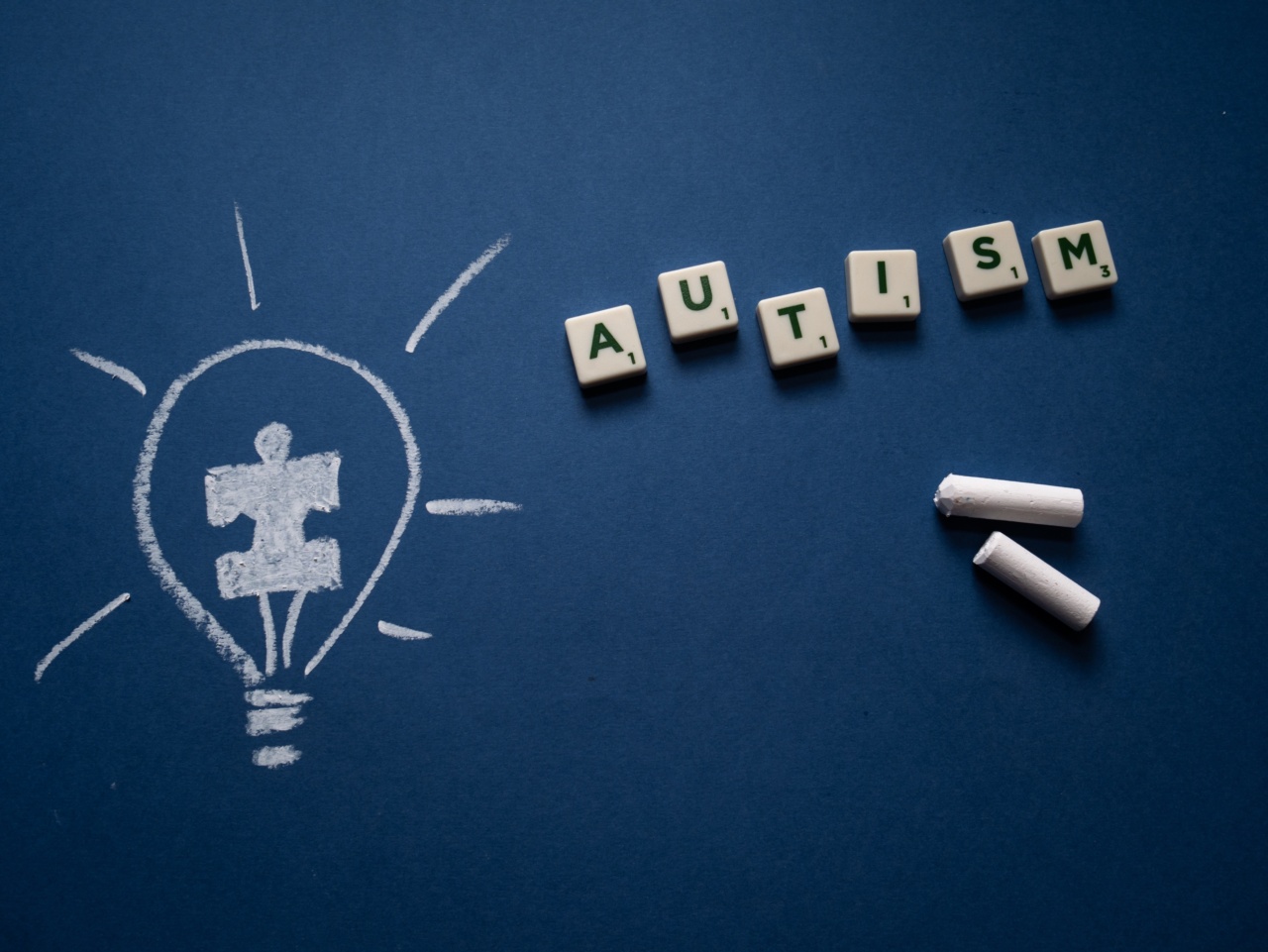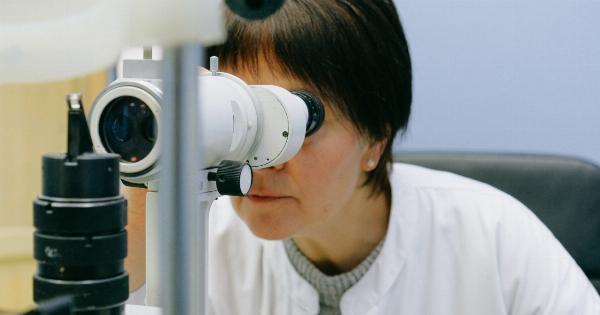Autism Spectrum Disorder (ASD) is a complex neurodevelopmental condition that affects individuals in various ways. It is characterized by difficulties in social interaction, communication impairments, and restricted and repetitive patterns of behavior.
While the exact causes of ASD are not fully understood, research suggests that a combination of genetic and environmental influences play a crucial role in its development.
Genetic Factors in Autism Spectrum Disorder
Genetic factors have long been recognized as a significant contributor to the development of ASD. Numerous studies have shown that ASD tends to run in families, indicating a strong genetic component.
Researchers have identified several genes that are associated with an increased risk of developing autism, although no single gene is responsible for the condition in most cases. These genes are involved in various biological processes, including neural development, synaptic function, and immune system regulation.
It is important to note that genetics alone do not account for all cases of ASD. Only a fraction of individuals with genetic predispositions actually develop autism, suggesting that additional factors, such as environmental influences, are involved.
Environmental influences on Autism Spectrum Disorder
Environmental factors are believed to contribute to the development of ASD alongside genetic factors. Prenatal and early-life exposures have been suggested as potential triggers for the condition.
Various prenatal factors, such as maternal infections, maternal stress, exposure to certain medications, and maternal metabolic conditions, have been associated with an increased risk of ASD in children.
Additionally, exposure to environmental toxins during critical periods of development has been linked to the development of ASD. These toxins include substances like lead, mercury, pesticides, and air pollutants.
However, it is important to note that the precise mechanisms through which these environmental factors contribute to the development of ASD are still not fully understood.
Gene-Environment Interactions
While genetic and environmental factors are often discussed separately, it is crucial to recognize that they can also interact with each other to influence the risk of developing ASD.
These gene-environment interactions play a significant role in the complex etiology of the disorder.
For instance, certain gene variants may increase the susceptibility to environmental factors, making individuals more vulnerable to their effects.
Conversely, specific environmental exposures may activate or modify gene expression, resulting in an increased risk of ASD in individuals with certain genetic profiles. These interactions highlight the intricate interplay between genetic and environmental factors in the development of ASD.
Evidence from Twin Studies
Twin studies have provided further support for the role of genetic and environmental influences in ASD. Identical twins share 100% of their genetic material, whereas fraternal twins share only about 50% of their genetic material.
By comparing the concordance rates of ASD between these two types of twins, researchers can estimate the relative contributions of genetics and the environment.
Multiple twin studies have consistently shown higher concordance rates for ASD in identical twins compared to fraternal twins. This suggests a significant genetic component in the development of ASD.
However, the fact that not all identical twins are concordant for ASD indicates that environmental factors also contribute to the risk.
Epigenetics and Autism Spectrum Disorder
Epigenetics, the study of changes in gene expression without alterations to the underlying DNA sequence, has emerged as an important field in understanding ASD.
Epigenetic modifications can be influenced by both genetic and environmental factors, providing a potential mechanism through which these two factors interact.
Studies have indicated that individuals with ASD exhibit differences in epigenetic patterns compared to typically developing individuals.
These differences may impact gene expression patterns during crucial periods of development, contributing to the neurodevelopmental abnormalities observed in ASD. Epigenetic mechanisms provide further evidence for the complex interplay between genetic and environmental influences in the etiology of ASD.
The Role of Neuroplasticity
Neuroplasticity, the brain’s ability to change and adapt in response to experiences, is a crucial factor in understanding how genetic and environmental influences contribute to the development of ASD.
Brain development and wiring are highly influenced by both genetic predispositions and environmental interactions.
In individuals with ASD, disruptions in neuroplasticity have been observed, leading to atypical neural connectivity and functioning.
Both genetic and environmental factors can influence the delicate balance of neuroplasticity, potentially contributing to the development of ASD.
The Importance of Early Intervention
Given the complex interplay between genetic and environmental factors in the development of ASD, early intervention is crucial.
Early identification and intervention can help mitigate the impact of genetic and environmental risk factors, potentially improving outcomes for individuals with ASD.
Behavioral interventions, speech therapy, occupational therapy, and social skills training are among the approaches used to support individuals with ASD.
These interventions aim to enhance social communication, reduce challenging behaviors, and improve overall functioning.
Conclusion
Autism Spectrum Disorder is a complex condition influenced by a combination of genetic and environmental factors. Genetic predispositions, environmental exposures, and their interactions contribute to the development of ASD.
Understanding these interactions is essential for advancing our knowledge of the disorder and providing effective interventions and support for individuals on the autism spectrum.




























